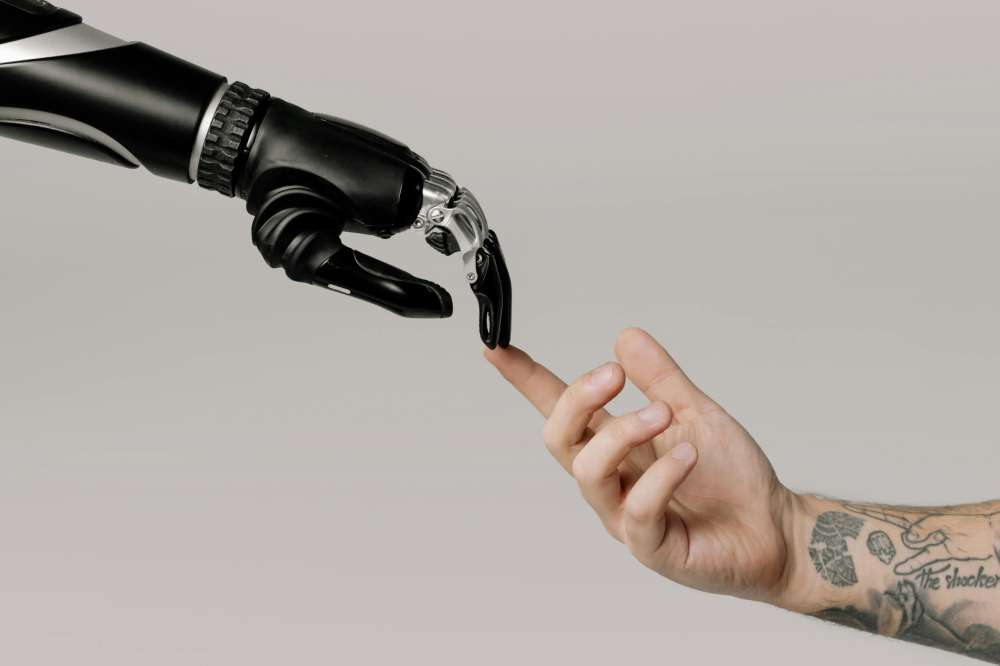
Picture by Cottonbro studio
AI applied to healthcare: not just a tool
Artificial intelligence can - potentially - do everthing.
While for many, it may seem like a "game", for many companies and sectors, it is becoming an essential support for providing better services to customers or, as in the case of the subject at hand, to patients. Indeed, one of the major areas of development for artificial intelligence (AI) is healthcare. Here, AI can truly impact people's health. AI can, for example, be applied to various medical disciplines to predict therapeutic responses, identify tumor lesions in early and imperceptible stages for humans, and analyze vast amounts of data to provide precise diagnoses and new opportunities for research and innovation. A revolution that is believed to bring great well-being to medicine in the coming years.
The FLUTE project aims to revolutionize Prostate Cancer diagnosis
The FLUTE project, for instance, is a notable initiative leveraging artificial intelligence in healthcare. It aims to simplify disease management, enhance prognosis precision, and enable better treatment decisions through cross-border Federated Learning (FL) to generate imaging data. By harnessing the power of AI, projects like FLUTE offer promising avenues for improving patient outcomes and advancing medical research.
Not all citizens believe in AI applied to Healthcare
Despite this, and although the revolutionary power of this technology is reported daily by headlines and digital media, many still struggle to believe in this innovation. The data are not many, but in a recent survey conducted by Tebra on 1,000 US patients, it emerges that 53% of respondents believe that AI cannot replace a doctor, 43% prefer human interaction and contact, and 47% are convinced that diagnoses and therapies defined by algorithms can create errors in the healing process.
New communication paradigm for promoting AI adoption in patient community
Why this paradox? Why, if the success and potential of AI in healthcare are widely reported, are patients not convinced?
There are some aspects that those involved in medical communication must consider. First of all, presenting this innovation in a purely performative logic does not interest the patient. In this society, where aesthetic law prevails, it is believed that telling only beauty is effective. The data show otherwise. All the evidence of success provided to citizens must lead to the construction of truth and not just the aesthetic value of this revolution. Because if it is a revolution, the truth is that we are not facing a simple technological artifact, but something that is changing the world.
Secondly, there is the issue of how AI is perceived based on social identity. Here too, data help us understand how to act. Some researchers have analyzed how fundamental values, social values, and living conditions positively or negatively influence perceptions of AI. The results are particularly interesting: those with a strong religious sense and those who believe in the equality of all human beings have a negative perception of AI. Conversely, those who promote rights for minorities, those who are receptive to cultural changes, those who are altruistic or have a high level of education see the implementation of AI positively.
Faced with this complexity and the speed with which AI is entering our lives, what to do? First of all, understand that we are facing something greater than just software that helps us with a specific task. Then we must understand that this new reality is already, in fact, a reality and it is not about hindering or convincing in a battle between supporters or opponents. No, instead, we must accompany innovation as a transformative element of society so that the demand ceases to be the satisfaction of an acute need, but rather the change of our lives and the future of the next generations.
Francesco Ghini
IRST IRCCS
Dissemination manager of FLUTE consortium
